There’s a lot to think about when you’re building a new desk, from the type of wood you’re using, to the height of your desktop. And of course, you can’t forget about the legs! They can have a big impact on your desk’s style and functionality.
In particular, your desk leg thickness can impact everything from stability and durability to aesthetics and ergonomics. So, how thick should desk legs be for a comfortable, sturdy desk?
We’ll give you all the details in this guide, but there’s an easier way to make sure you end up with the perfect desk leg thickness for your desk - keep it simple by investing in premium desk legs from The Hairpin Leg Co.!
With a huge selection of styles and designs to choose from, we have quality desk legs perfect for your next project. Our durable, exquisitely crafted desk legs ensure your desk stays stable and stunning for years to come. Browse our range today to find your ideal set of desk legs!
Why Desk Leg Thickness Matters
How thick should desk legs be, and why does it matter? Desk leg thickness not only affects the stability and strength of the desk but also contributes significantly to its overall design and style. Here’s why it’s worth doing your research to find the right leg thickness for your desk.
Structural Integrity and Stability
Desk leg thickness has a big impact on structural integrity and stability. A desk with thick legs generally has a stronger foundation, ensuring that the desk can support the weight of heavy items like computers, monitors, or books without wobbling or collapsing.
For larger desks or workstations intended for heavy use, such as drafting tables or gaming desks, thicker legs are essential for maintaining balance and durability. On the other hand, a desk with legs that are too thin may feel unstable or even pose a safety risk.
Aesthetic Impact on Desk Design
Desk leg thickness isn’t just about functionality, it also influences the overall look and feel of the desk. A desk with thick legs generally gives a more robust, bold, and sturdy appearance, which can complement industrial or rustic design styles.
In contrast, thinner legs provide a sleek, minimalist look that’s perfect for modern or contemporary spaces. It’s all about choosing the best desk legs to harmonise with the desk's tabletop and the surrounding decor to create a cohesive aesthetic.
How Thick Should Desk Legs Be?
So, how thick should desk legs be? The answer depends on various factors, including the desk’s purpose, design style, and dimensions. Let’s take a closer look.
Standard Desk Leg Thickness
How thick should desk legs be, usually? For most desks, a standard leg thickness ranges between 5 to 7.5 cm in diameter for round legs or wide for square or rectangular legs. This range provides a good balance of stability and aesthetic appeal for typical office desks, writing desks, and computer tables.
For heavier workstations or larger desks, opting for thicker legs (up to 10 cm) offers enhanced support and durability. Conversely, minimalist designs, like modern or mid-century styles, can work well with slimmer legs around 3.5 to 5 cm thick, as long as the material can support the weight.
Determining the Right Thickness Based on Desk Type
The ideal desk leg thickness also depends on the type of desk you’re designing. For example, writing desks and home office desks typically don’t bear a lot of weight, so leg thickness of around 5 cm is generally sufficient.
Since computer desks and gaming desks often support heavier equipment like monitors, CPUs, and accessories, thicker legs of at least 8 cm are recommended for stability. Heavy-duty desks like workbenches or crafting desks require maximum support, usually a leg thickness of at least 10 cm.
Balancing Desk Leg Thickness With Proportion
Achieving the right balance between leg thickness and the overall proportions of the desk is essential for both functionality and visual harmony. A thick tabletop requires equally sturdy legs to maintain a cohesive look and structural stability. On the other hand, a thin or minimalist tabletop pairs well with slimmer legs.
Don’t Forget to Account for Leg Height
While thickness is important, leg height also plays a significant role in ensuring comfort and practicality. So, how tall are desk legs? Standard desk height ranges from 70 to 76 cm, but this can vary depending on the user’s height and the type of chair used.
Taller legs may require more thickness to maintain stability, especially for standing desks or drafting tables. Also, adjustable-height desks need legs that are thick enough to support the moving mechanisms and maintain balance at different heights.
Tips on Building a Desk With Thick Legs
Whether you’re building DIY desk legs or purchasing legs for your desk, constructing a desk with thicker legs requires careful consideration of materials, design, and structural support. Here are some essential tips to help you build a desk with thick legs that’s both functional and stylish.
Choosing the Right Materials
The choice of materials is crucial when building a desk with thick legs. Opt for strong, durable materials that can support the weight of the tabletop and any items placed on it, and select materials that complement your overall desk design and suit the functional requirements of your workspace.
For example, solid wood provides a classic, high-quality look with excellent strength. Hardwoods like oak, maple, and walnut are ideal for thick legs. On the other hand, steel or iron legs are perfect for an industrial style and offer exceptional stability.
Other Desk Leg Design Factors
As well as thickness, consider other design elements that affect your desk’s stability and appearance, like the leg shape and style. Thick legs can be straight, tapered, or angled, each lending a different aesthetic to the desk.
Also, think about how to attach desk legs and the right attachment method for your desk. Ensure the legs are securely attached to the tabletop using robust brackets, plates, or mortise and tenon joints.
Spacing and positioning are also important - make sure you properly position the legs to distribute weight evenly and avoid wobbling. Placing the legs closer to the corners enhances stability, while more inward positioning may provide extra legroom.
Bracing for Extra Support if Necessary
If your desk has a large tabletop, additional bracing may be necessary for enhanced stability. Adding cross braces between the legs increases rigidity and prevents wobbling - these can be made from wood or metal and are especially useful for long desks or workbenches.
Another option is a skirt or apron, which connects the legs under the tabletop, helps to more evenly distribute weight, and provides additional support. Alternatively, reinforcing the corners with metal brackets can enhance stability without affecting the desk’s aesthetic appeal.
Find the Best Desk Legs in the UK at The Hairpin Leg Co.!
If you’re searching for high-quality desk legs in the UK, look no further! Here at The Hairpin Leg Co., we have premium wooden furniture legs, metal furniture legs, and our signature hairpin legs, all expertly crafted for your next project.
From thick wooden legs to industrial-style metal options, they provide a variety of designs to suit different tastes and functional needs. Whether you’re building a modern home office desk or a rustic workbench, we have the perfect solution to bring your vision to life.
Plus, with free delivery across the UK on orders over £50, warranties on our craftsmanship, and hassle-free 60-day returns, there’s nowhere better to source your next set of desk legs. Explore our range today and find the ideal desk legs to complete your custom-built masterpiece!
Final Words on Desk Legs Thickness
So, how thick should desk legs be? Ultimately, it depends on the type of desk you’re crafting. Whether you prefer a minimalist look with slim legs or a bold statement with chunky, solid legs, selecting the right thickness ensures your desk is sturdy and stylish.
If you’re searching for the perfect desk legs to complement your project, browse our range of quality legs here at The Hairpin Leg Co.! We have a huge range of stunning desk legs to suit all design styles and project types.
If you’re looking for more tips, check out our blog for guides on what size hairpin legs for desk and how to fix wobbly desk legs. Or, if you’re ready to level-up your next project, explore our store today and find your perfect set of premium desk legs!


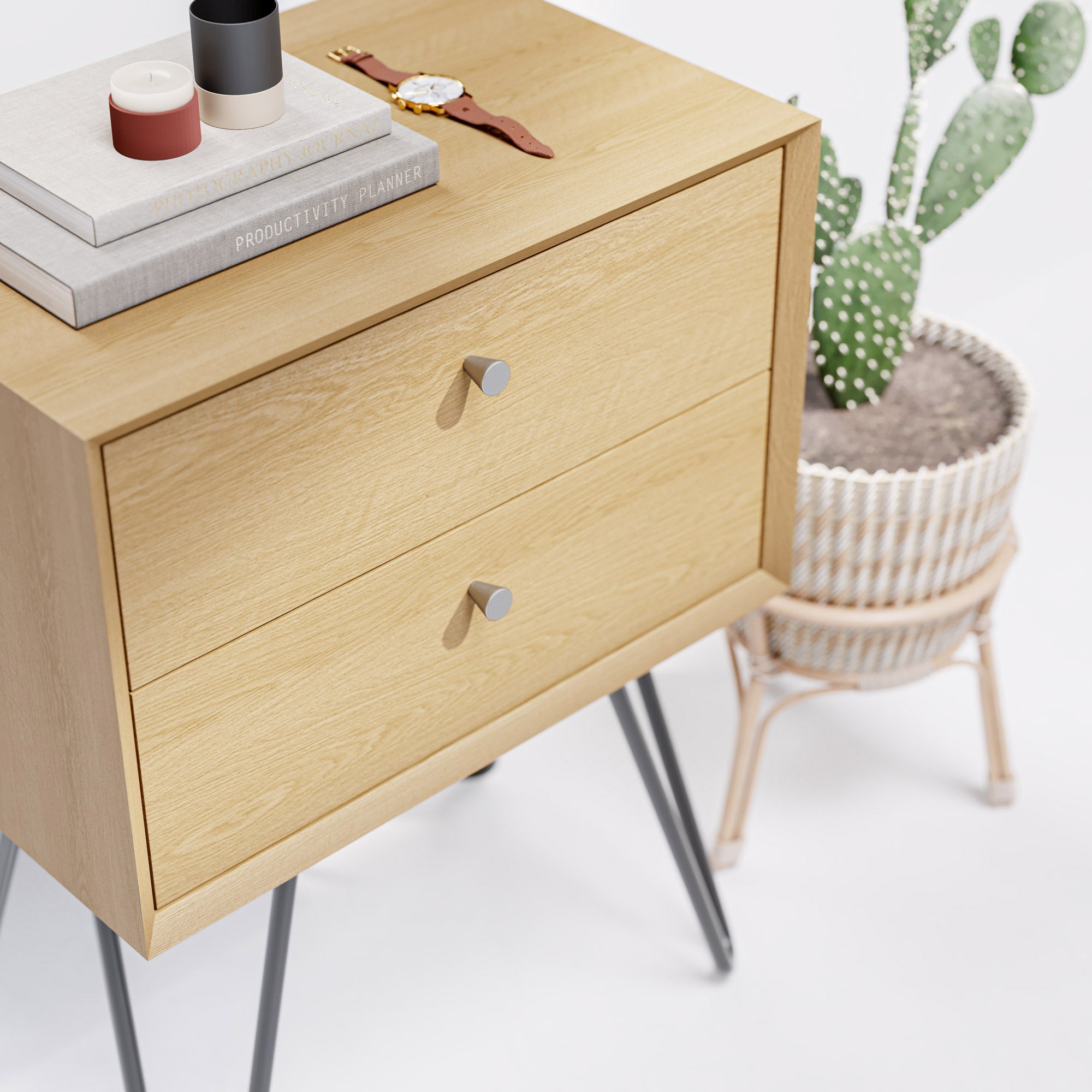

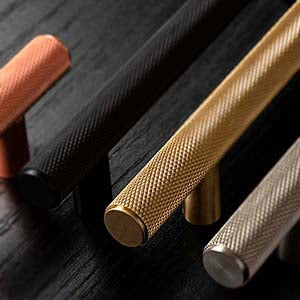
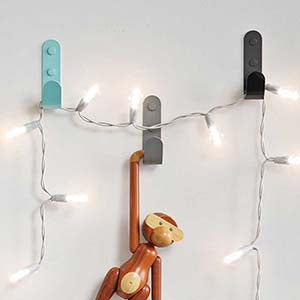
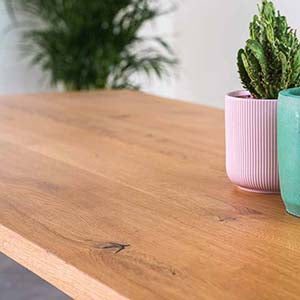
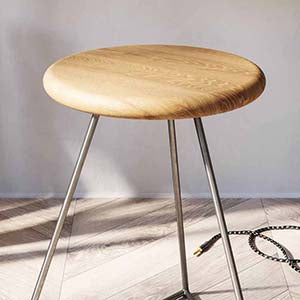
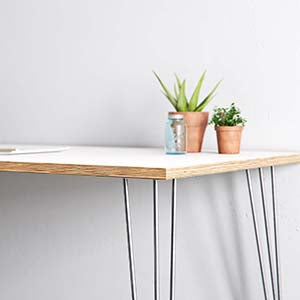

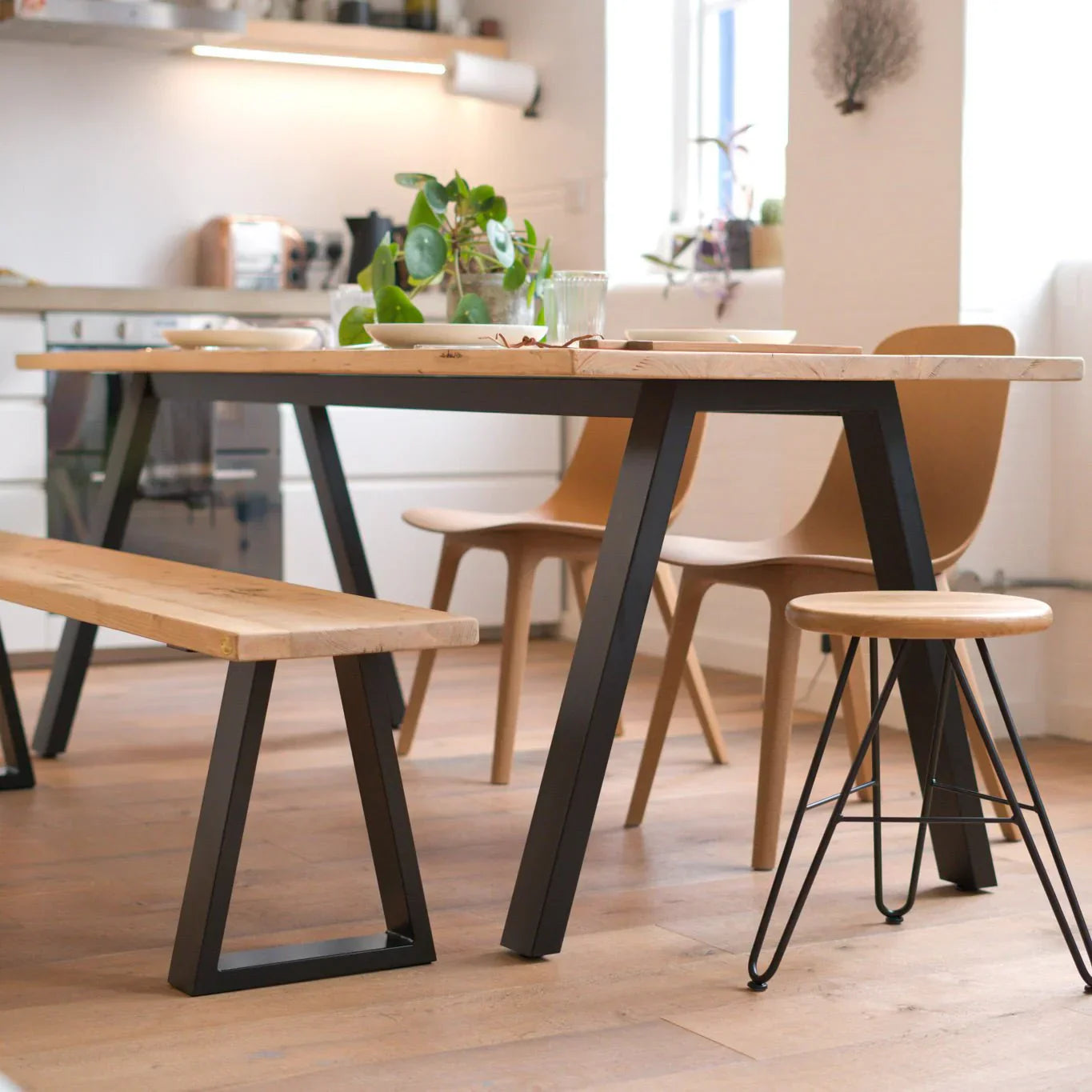

Leave a comment
This site is protected by hCaptcha and the hCaptcha Privacy Policy and Terms of Service apply.